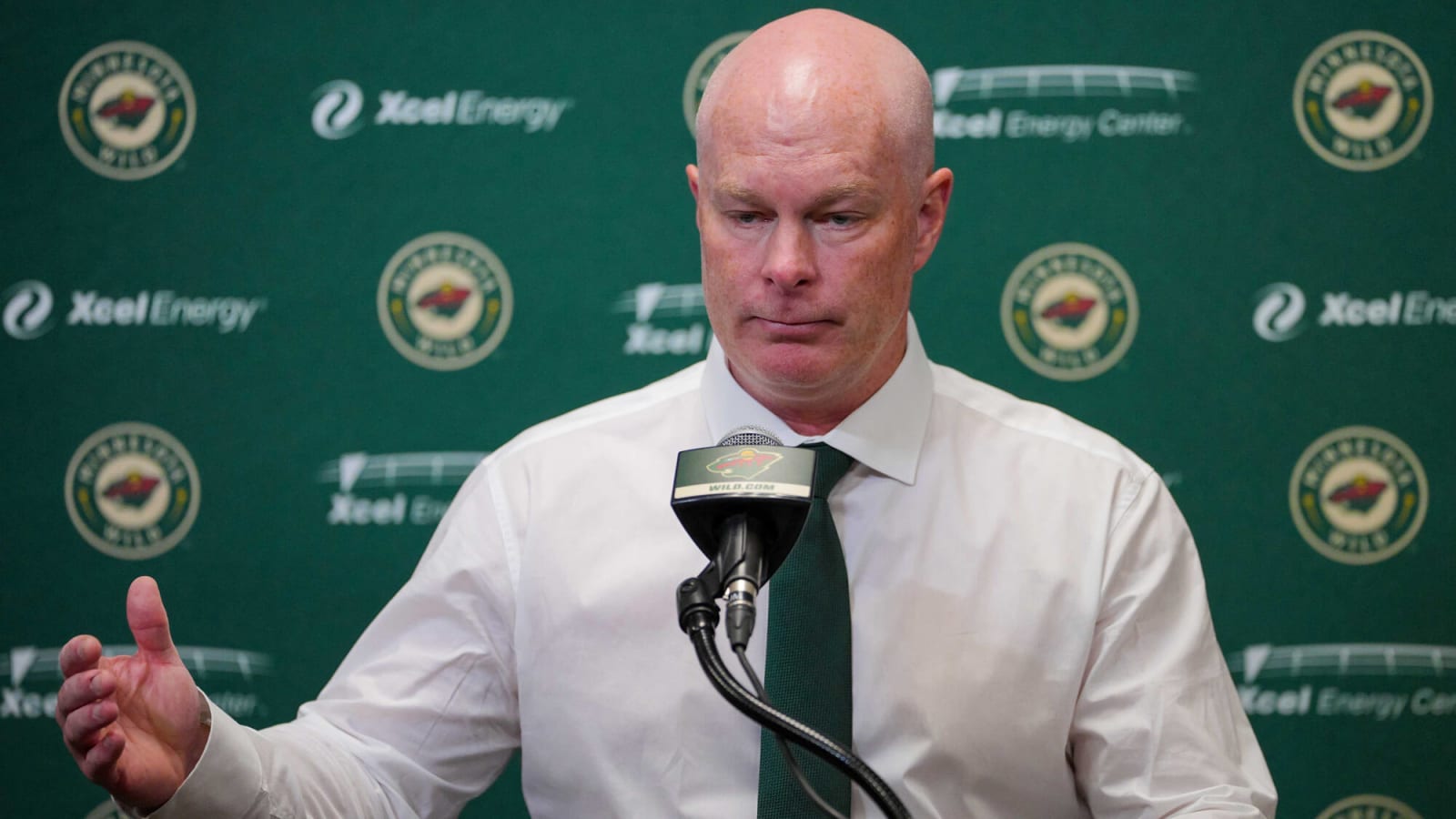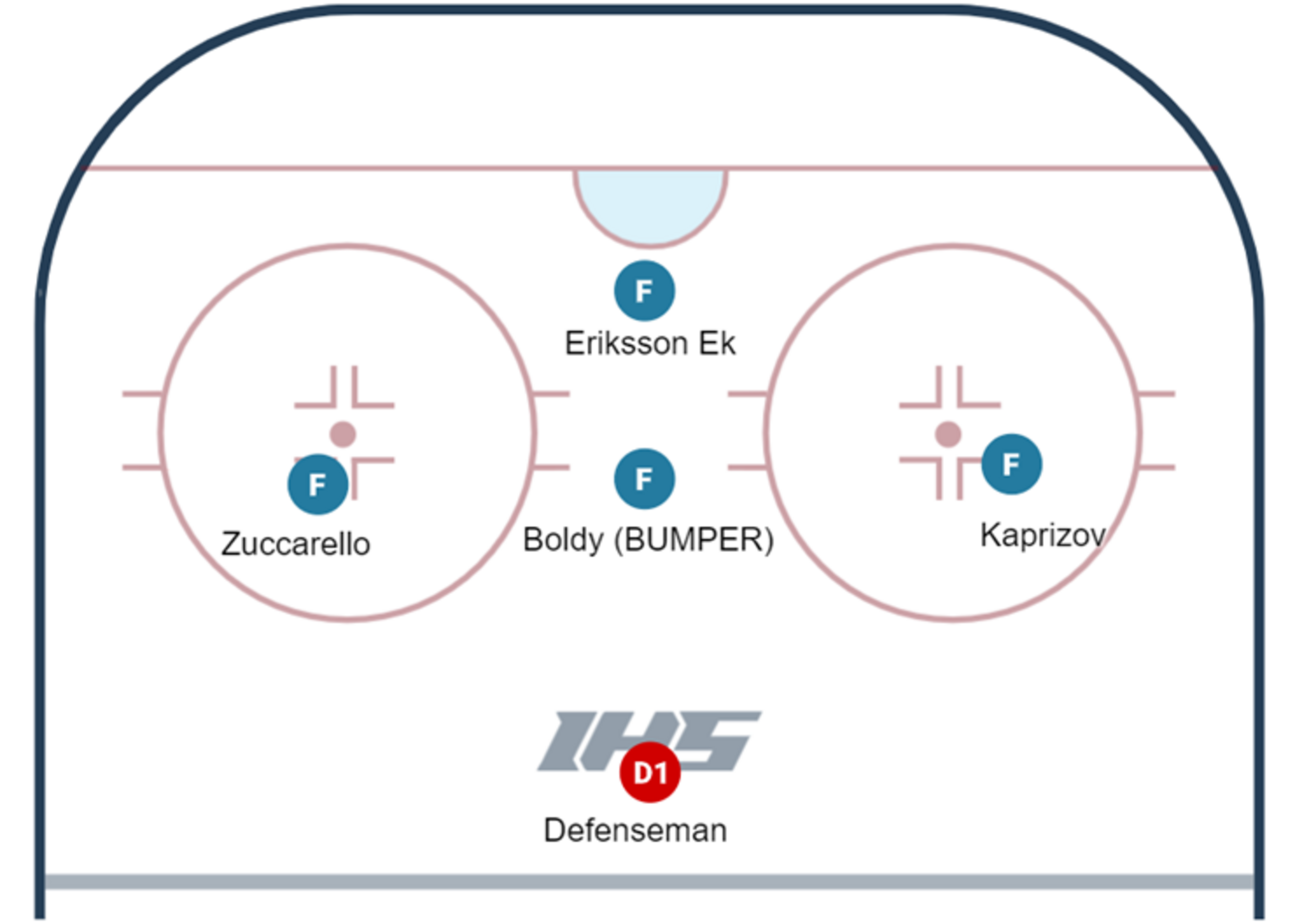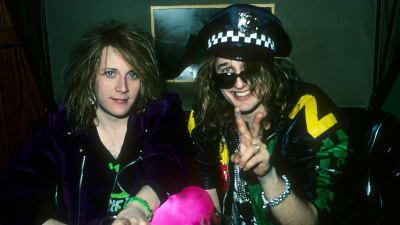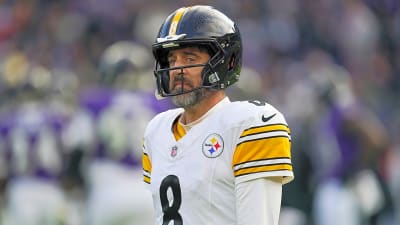
The back-to-back losses in Vancouver and Edmonton late this week put a small scuff into the shine that new head coach John Hynes placed on his new team. Still, the beginning of his tenure has Minnesota Wild fans hopeful their team can climb back into the playoff race.
Despite the losses, Hynes' Wild are a team playing with confidence, and it’s showing in all facets of their game. From even-strength dominance (most of the time), to improved goaltending, to newly-potent special teams. Make no mistake, this Wild team is different. While the biggest difference in the on-ice results obviously stems from a goalie tandem that went from abysmal to formidable overnight, Hynes deserves a lot of credit for the small adjustments he has made.
Last week we highlighted the improved penalty kill, diving into video from Hynes’ first two games as the unit was perfect to that point. This week, Hockey Wilderness’ own Justin Hein broke down a couple of noticeable changes Hynes has made that have yielded strong results.
Perhaps most notable of late has been his push for the Wild’s power play to be more diverse. At the end of Evason’s run, you could tell the coaching staff had become exasperated by the poor results on the man advantage and were running out of ideas on how to turn things around. So Evason did what most coaches do when not much else is working – place bodies in front of the goal and fire as many shots through screens and deflections as possible.
It became commonplace for two Wild forwards to place themselves in front of the crease. The idea is to create a logjam of bodies, then depend on long shots from the point to find their way through. The problem was, that’s much easier said than done. Sure, winger Mats Zuccarello would occasionally find a corner to pick, but it was still a low-percentage shot in a moment where the numbers advantage should garner you better looks.
Look at this Twitter thread from November 29 explaining the transition between the end of Evason’s tenure and the ushering in of Hynes. Under Evason, the Wild had resorted to a plethora of shots from way above the faceoff circles. They rarely moved the puck around in the zone to force defenders to adjust to new shooting lanes. It was just far too easy to defend and resulted in a powerplay depending on Matt Boldy or Zuccarello finding the smallest of openings with their shots and leaving Kirill Kaprizov out of the picture far too often.
From last night's win. It was only 1 PP, and they didn't score, but it looked much better live and again on replay. I don't think Hynes did much to change the PP in one day, and the performance had more to do with the team really feeling it last night. BUT... https://t.co/WOGocFR88O pic.twitter.com/xNtEgrRDnR
— Justin Wiggins (@JustinWiggins_) November 29, 2023
It’s no wonder the unit only succeeded on 16% of their power plays at the time the Wild dismissed Evason. What was most odd about this strategy was the lack of a presence in the middle of the penalty kill formation. Both forwards responsible for screening the goalie often planted themselves firmly in front of the goalie, rather than spacing one forward out higher in the slot, potentially adding a second layer for potential screens/deflections.

Going away from some variation of a 1-3-1 formation in today’s NHL flies against the face of a league-wide trend. To understand that trend and why it’s more than just coaches copying each other, it’s important to go back to 2015, when a former-goalie-turned-analyst discovered a somewhat revolutionary trend with scoring in the NHL.
Stephen Valiquette’s career as a goaltender spanned just six seasons, but he took what he saw in front of him on the ice and into the analyst booth following his playing days. He understood how much more difficult it was for an NHL goalie to move laterally right before a shot was taken, rather than staying on their angle to make the easy save.
Following the 2014-2015 season, Valiquette reviewed 100 NHL games to put his theory to the test. The results were pretty eye-opening, and the results of his study had a huge impact when shaping the powerplays we see today.
Valiquette’s research helped coin the philosophy of the “royal road” in hockey. You can read about it in extreme depth here, but his research showed how vital pre-shot movement with the puck is in influencing shooting percentages. While only 15% of all shots involved pre-shot movement, they accounted for 50% of the goals in the 100 games he reviewed.
It was contrary to what most coaches believed at the time: that there was never a bad shot on goal and players should be throwing it to the crease whenever possible. Valiquette suggested teams should stop wasting time with low percentage shots from distance, but instead focus all their efforts on waiting for the best shot possible.
Here is a quick diagram of where the invisible “Royal Road” line exists on the ice.

Image Credit: Chris Boyle of omha.net
Valiquette’s research found that a shot immediately following a pass across this invisible line on the ice increased the shooter’s chances of scoring by ten times. TEN! He coined those goals green goals due to just how many of the goals they account for in the NHL. But Valiquette took that a step further in observing every goal from those 100 games. Here are the three most common types of goals scored in the NHL.
1) Passes Across the Royal Road Line – 22%
2) Screens – 10%
3) One-Timers from the Same Side of the Royal Road – 9%
We'll stop the list there because these are the three shot types that a 1-3-1 formation focuses on more than any other type of shot (as detailed further in his research). Minnesota's 1-3-1 runs through Zuccarello on the left flank. This is to set him up for the Wild's ideal play: making a pass across the Royal Road for a Kaprizov one-timer.
Having the PP now run through Zuccarello and abandoning long shots with screens is helping to diversify the Wild's man advantage. Here, Boldy being in the bumper position now gives Zuccarello options, and he almost connects on Kaprizov for the one-timer. pic.twitter.com/H873FUGiby
— ZCFilm (@ZcFilm) December 9, 2023
Hynes' system is putting Boldy in the middle of the ice, as another option for Zuccarello, typically just a shade on the same side of that middle invisible line. Because of Hynes, a simple formation shift and change in philosophy is giving the Wild’s best passer multiple ways to dish to the two goal-scorers in the situations that generate the highest shooting percentages an NHL team can get.
And then, just a few seconds later, the puck finds it's way to Zuccarello again and he quickly finds Boldy in a prime shooting position for a one-timer that BARELY misses. https://t.co/TITxVv5LF3 pic.twitter.com/VcBeiLErQ3
— ZCFilm (@ZcFilm) December 9, 2023
Finally, Joel Eriksson Ek is still planted in front to provide a screen on any type of shot selection.
The 1-3-1 formation with Boldy serving as a heavy "bumper" presence gives Zuccarello options at three different types of shot selections that account for 41% of all goals scored in the NHL. Before the coaching change, Evason and company were hyper-focused on screens, and thus their highest volume shot selection fell into the bucket of just 10% of all goals scored.
It’s not a shock then to see the Wild PP instantly improve to 30% in his first six games, and it looks as though it could become even more potent with more practice. Hynes can't change everything overnight, but some small tweaks have made Minnesota a tougher out on any night.
More must-reads:
- Penguins have to consider drastic changes after blowing yet another huge lead
- Quinn Hughes makes immediate impact, scores goal in debut with Wild
- The 'Last 10-TD season by NFL team' quiz
Breaking News
Trending News
Customize Your Newsletter
 +
+
Get the latest news and rumors, customized to your favorite sports and teams. Emailed daily. Always free!








